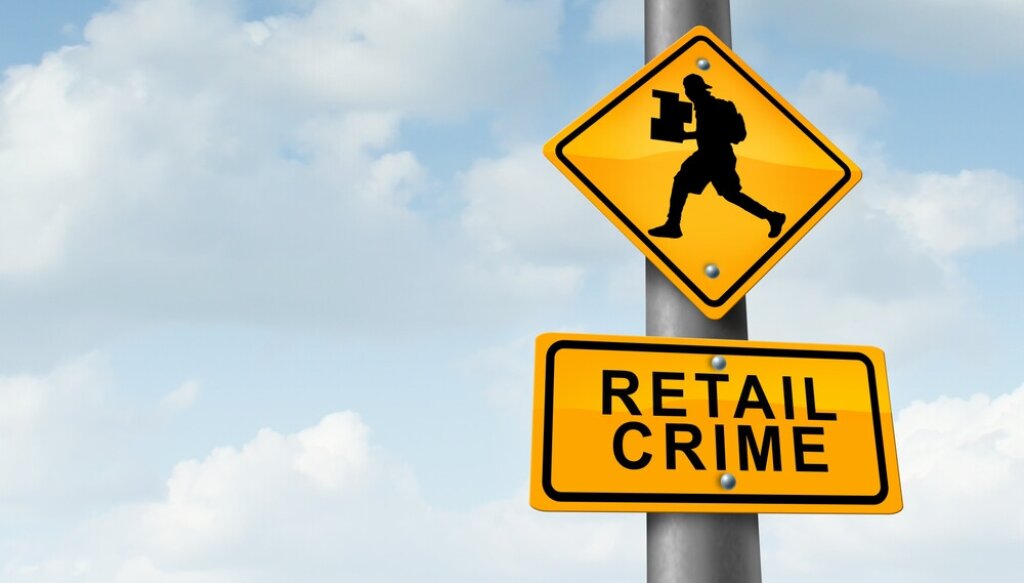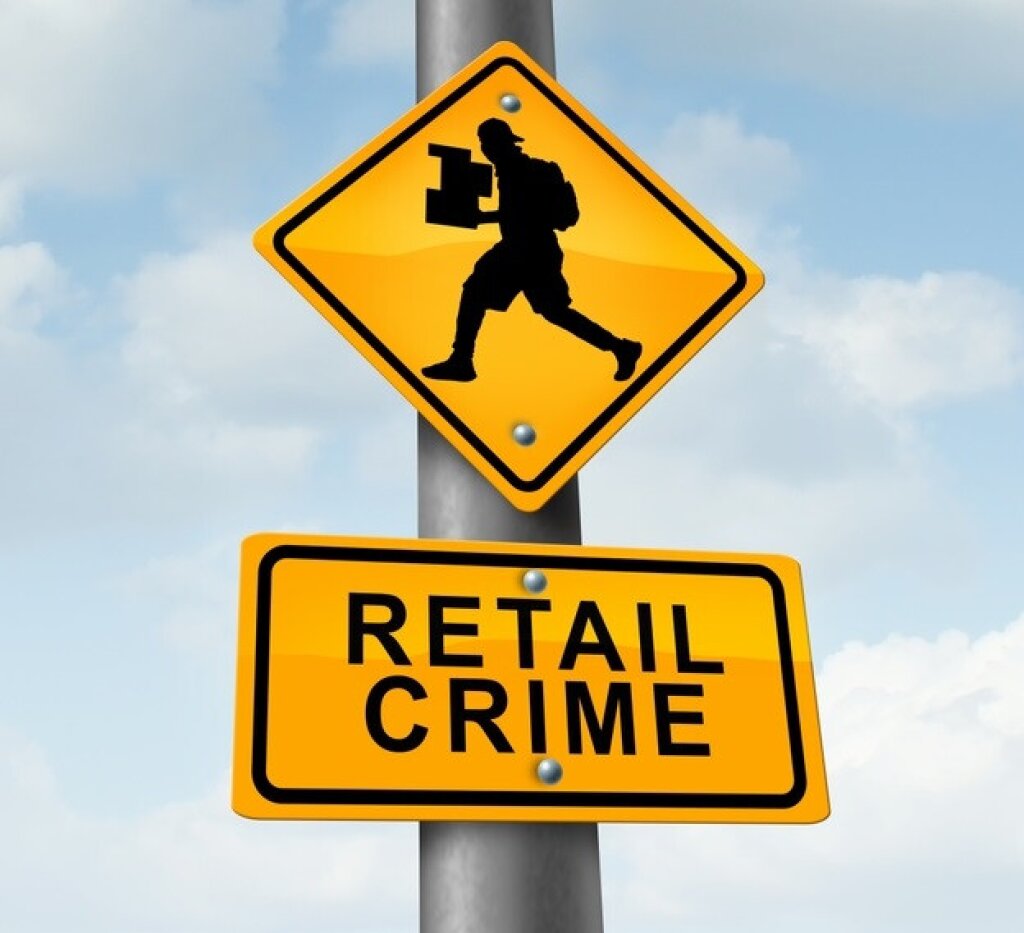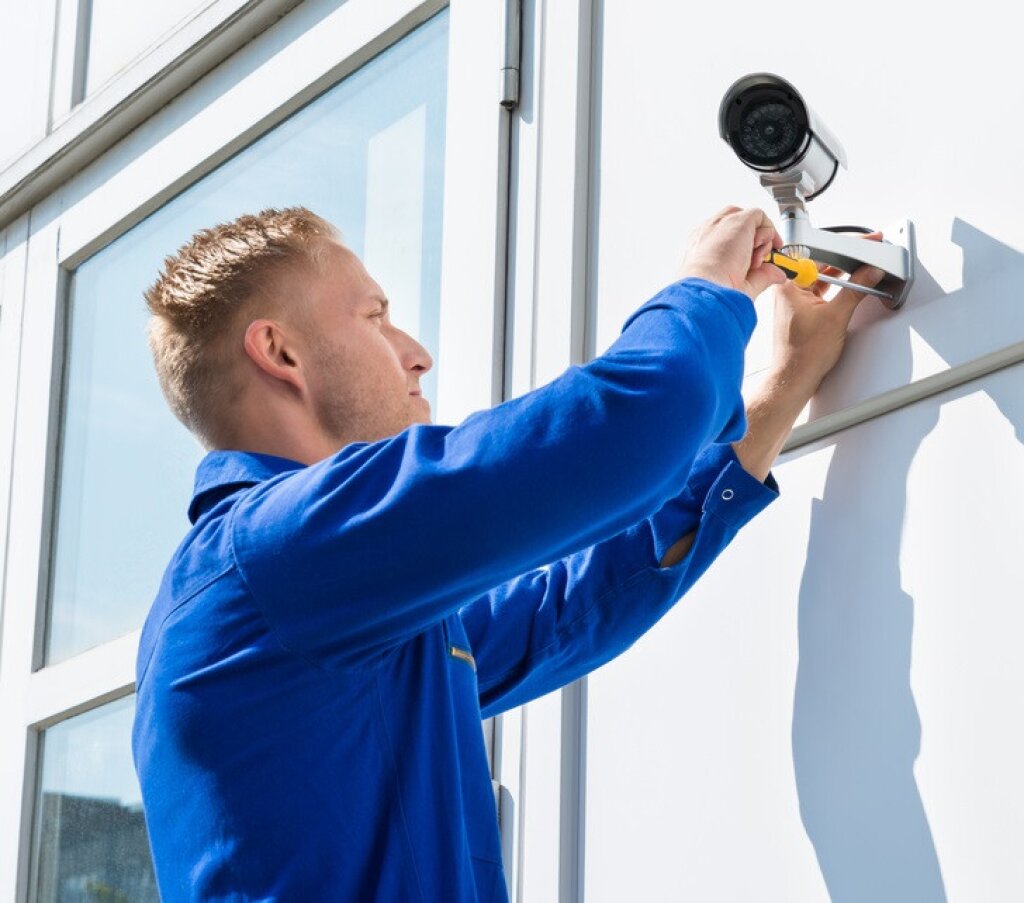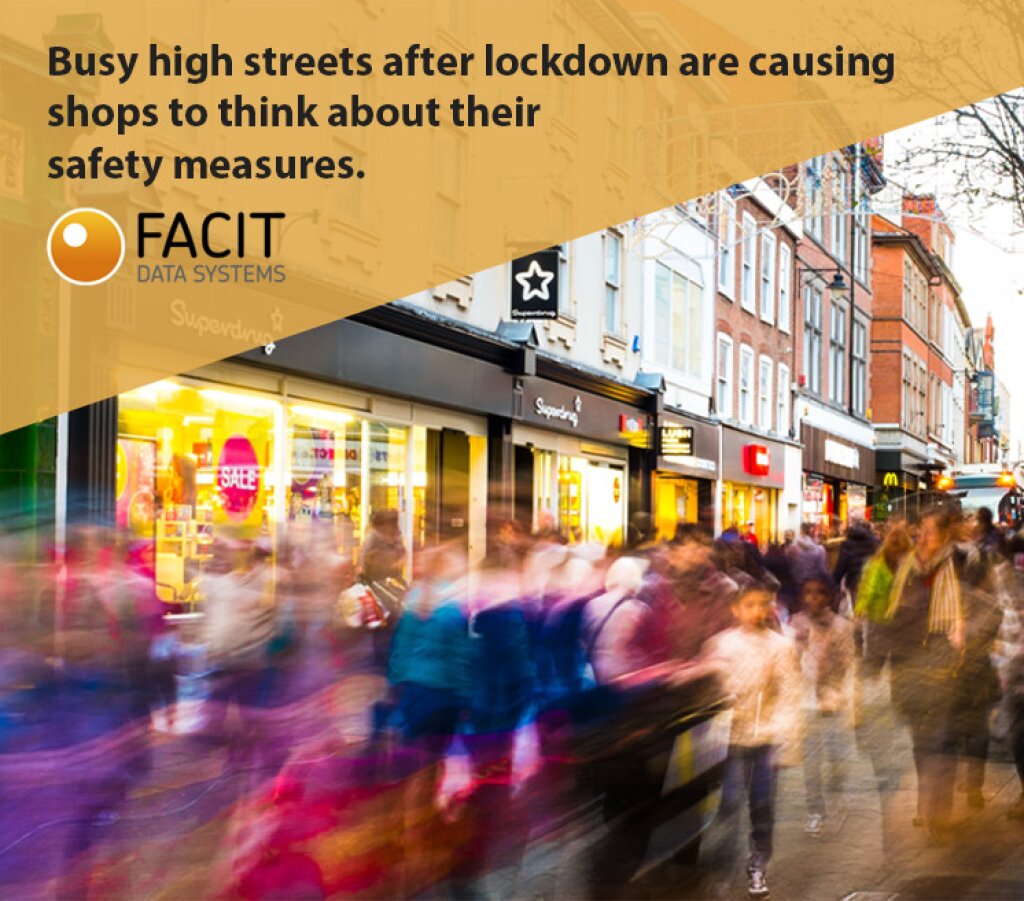Introduction: The Pressing Need to Control Shrinkage
Shrinkage, or the loss of inventory owing to multiple factors, is a critical issue faced by retailers globally. Shrinkage impacts profit margins, disrupts operations and compromises business sustainability. As retail environments become more complex, understanding the causes and implementing effective strategies to combat shrinkage is more important than ever.
Factors such as organised crime, employee theft, and inadequate inventory management contribute significantly to shrinkage, with costly consequences. With advancements in technology, such as CCTV and data analytics, retailers now have the tools to monitor and reduce these losses effectively.
In this article, we cover the importance of controlling shrinkage and explore key technology strategies for minimising its impact, including CCTV video analytics.
Understanding Shrinkage in Retail
Shrinkage is a silent profit killer in the retail industry. It refers to the loss of inventory that cannot be accounted for through sales or normal business operations. Retailers around the world lose billions each year owing to shrinkage, impacting their bottom line and forcing them to increase prices to compensate for losses.
Shrinkage can be caused by several factors, including:
Theft
This includes both external theft (shoplifting) and internal theft (employee fraud or stealing stock).Operational Errors
Mistakes in pricing, incorrect inventory counts and mismanaged returns can lead to loss.Supplier Fraud
Vendors delivering short orders or invoicing for items not received.Damage and Spoilage
Perishable goods, accidental damage and poor handling can result in unsellable stock.
To combat shrinkage effectively, retailers must adopt smarter surveillance and monitoring solutions - this is where CCTV analytics comes in.

The Scale of Shrinkage Losses
Here are some verified statistics on retail shrinkage losses:
United States (USA)
According to the National Retail Federation (NRF) 2023 National Retail Security Survey, retail shrinkage cost U.S. retailers $112.1 billion in 2022, up from $93.9 billion in 2021.
The average shrink rate was 1.6% of total retail sales.
Shoplifting and organised retail crime (ORC) accounted for nearly 65% of losses.
United Kingdom (UK)
The British Retail Consortium (BRC) Crime Survey 2023 reported that retailers lost approximately £1.76 billion due to shrinkage.
Theft-related incidents rose by 26% year-on-year.
Retailers spent £722 million on crime prevention, indicating a growing concern about losses.
Germany (Europe’s Largest Economy)
The EHI Retail Institute estimated retail shrinkage losses at €4.2 billion in 2022.
Employee theft accounted for 22% of total losses, while shoplifting contributed to 54%.
Retailers in Germany spent €1.5 billion annually on security measures to combat shrinkage.
These figures highlight the significant financial impact of shrinkage on retailers worldwide, reinforcing the need for advanced security measures like CCTV analytics.
Retailer Comments on the Problem of Shrinkage
Retail shrinkage, encompassing losses from theft, fraud and errors, is a significant concern for retailers. Here are some notable perspectives on this issue:
Sam Walton, founder of Walmart, emphasised the impact of shrinkage on profitability: "As you may know, shrinkage, or unaccounted-for inventory loss - theft, in other words - is one of the biggest enemies of profitability in the retail business."
Target Corporation has faced substantial losses due to theft, with reports indicating that "shoplifting cost Target $700 million in profits, with another estimated $500 million loss in 2023."
Walgreens has also been affected by retail shrinkage, leading to store closures in high-crime areas. "The increase in violence against loss prevention employees has led many stores to adopt a 'hands-off' policy on apprehending shoplifters, exacerbating the problem."
The National Retail Federation (NRF) reported that "retail shrink increased from 1.6% of sales from 1.4% in the previous year. This equates to $112.1 billion in losses, up from $93.9 in the previous year."
Deloitte UK reported that "Retail losses are up by 33% across all categories compared to pre-COVID levels, with theft now at a 20-year high. In 2023 UK retailers lost £7.9bn to stock theft alone."
ECR Retail Loss highlighted that "The study concludes that the role of the store management team seems extremely important in explaining the difference between high and low performing stores."
DCS Group noted that "Shoplifting in the UK is one of the main sources of retail shrinkage directly impacting the bottom line of retailers."
Hansard reported that "We have seen a huge increase in retail crime from organised gangs driving incidents of abuse, threats and violence against retail staff."
These insights highlight the critical need for effective loss prevention strategies to mitigate the financial impact of shrinkage on the retail industry.
CCTV Analytics to Battle Shrinkage
CCTV surveillance systems are being used increasingly in retail stores to combat shrinkage, or inventory loss owing to theft, fraud or errors. By monitoring customer and employee behaviour, CCTV helps deter criminal activity, identifies suspicious behaviour and aids in investigations, ultimately improving security and reducing financial losses.
How CCTV Analytics is Revolutionising Retail Security
Traditional CCTV systems have been used in retail for decades, but they mostly served as passive surveillance tools, only useful after an incident had occurred. Today, AI-powered CCTV analytics is changing the game, providing real-time monitoring, automated alerts, and intelligent insights to prevent shrinkage before it happens.
Here’s how CCTV analytics helps reduce shrinkage in retail:
1. Shoplifting Prevention with AI Detection
Shoplifting remains one of the biggest causes of shrinkage. Advanced CCTV systems use AI-driven video analytics to detect suspicious behaviours such as:
Loitering in high-risk areas (e.g., near high-value items or exits).
Frequent bagging of items without scanning at self-checkouts.
Concealing merchandise in clothing or bags.
When unusual behaviour is detected, the system can send instant alerts to security personnel, enabling for proactive intervention.
2. Employee Theft Monitoring
Internal theft accounts for a significant portion of retail shrinkage. CCTV analytics can track employee behaviour at cash registers, stockrooms and checkout counters to identify:
Cash register fraud, such as under-ringing or fake refunds.
Unauthorised access to storage areas.
Multiple employees frequenting the same high-risk zones.
With AI-powered insights, managers can review anomalies in employee activity without manually scanning hours of footage.
3. Reducing Operational Errors
Errors in pricing, stock counting and misplaced inventory contribute significantly to shrinkage. AI-enhanced CCTV systems can:
Monitor stock levels in real-time and alert staff to replenishment needs.
Track item movement from the warehouse to shelves, reducing misplaced inventory.
Detect incorrect barcode scans at checkout to prevent pricing mistakes.
By automating these processes, retailers can improve accuracy and reduce human error.
4. Preventing Return Fraud
Return fraud, where customers attempt to return stolen or counterfeit items for cash or store credit, is a growing problem. CCTV analytics helps by:
Tracking individuals with high-frequency return activities.
Matching returned items to previous purchases using integrated POS data.
Alerting staff to suspicious return patterns.
With real-time insights, retailers can identify fraudulent behaviors and prevent losses before they occur.
5. Enhancing Store Layout for Better Security
AI-driven CCTV systems provide heat mapping and traffic analysis to help retailers optimise store layouts. High-risk areas can be better monitored, while product placements can be adjusted to reduce theft opportunities. For example:
Moving expensive, high-theft items closer to checkout counters.
Placing cameras in low-visibility areas where theft is more likely.
Increasing staff presence in shrinkage-prone sones.
6. Supplier and Delivery Fraud Prevention
Retailers often experience shrinkage as a result of supplier fraud, such as incorrect deliveries or missing inventory. CCTV analytics can:
Monitor loading docks to ensure all received shipments match invoices.
Use AI-powered licence plate recognition to verify authorised deliveries.
Track movement of goods from the storage area to the sales floor.
By keeping an eye on deliveries, retailers can prevent supplier-related losses and improve accountability.
The Future of CCTV Analytics in Retail Loss Prevention
The use of CCTV analytics in retail is only growing, with advancements in AI, machine learning and automation making surveillance smarter and more efficient. Some of the next-generation features retailers can expect include:
Facial Recognition Technology
Identifying repeat offenders or known shoplifters in real-time.Predictive Analytics
Using data patterns to forecast potential security risks before they happen.Automated Incident Reporting
Generating reports on theft patterns, fraud cases and shrinkage trends for better decision-making.
Final Thoughts on Video Analytics and Shrinkage
Retailers who continue to rely on traditional security methods are at a disadvantage in the fight against shrinkage. CCTV analytics offers a proactive, intelligent and cost-effective solution to minimise losses, improve operational efficiency, and to create a safer shopping environment for customers and employees alike.
By embracing AI-powered surveillance, retailers can reduce shrinkage significantly and protect their bottom line - turning their security systems into an investment rather than just an expense. The future of retail security is here, and it's smarter than ever.
By How Much do CCTV Video Analytics Reduce Shrinkage?
Implementing CCTV analytics has proven effective in reducing retail shrinkage. For instance, a case study by a service-based systems integrator highlighted that a leading retail chain experienced a 30% reduction in shrinkage within the first year of introducing AI-powered video surveillance.
Similarly, a quality assurance technology form reported that their technology, which integrates computer vision with retail operations, achieved up to a 70% reduction in shrinkage in stores using their system.
These statistics underscore the significant impact that advanced surveillance technologies can have on minimising inventory losses in the retail sector.
Facit’s Video Analytics Enhance Retail Shrinkage and Loss Prevention Strategies
Facit’s video analytics tools are transforming the way retailers approach shrinkage prevention. By leveraging advanced AI and computer vision, Facit’s CCTV tools and plug-ins provide real-time monitoring and analysis of in-store activities, which enable retailers to detect suspicious behaviours such as theft or stock tampering as they occur.
Facit systems identify patterns and anomalies automatically, and deliver alerts to store managers and security teams, enabling them to take immediate action. This proactive approach significantly reduces the likelihood of shrinkage, particularly in high-risk areas like stockrooms and checkout points.
Moreover, Facit’s analytics tools enhance employee accountability by monitoring staff actions, ensuring that both staff and customers adhere to store policies.
By integrating seamlessly with installed CCTV systems, Facit analytics provides retailers with actionable insights into inventory handling, security breaches and operational inefficiencies.
Facit’s smart retail solutions include: Smart Zone with heatmaps and Shopping Trolley Analytics.
In summary, Facit’s video analytics tools not only help prevent shrinkage but also improve overall store performance, thereby ensuring a safer and more efficient retail environment.
Shrinkage in Transportation: Causes, Scale and Countermeasures
Shrinkage in transportation - inventory losses that occur between warehouses, in transit and during final delivery - is a major challenge in supply chain management. It includes theft, loss and damage, affecting goods transported via couriers, branded delivery vehicles, trains and sometimes planes. The financial impact is significant, with global cargo theft alone costing businesses billions of dollars annually.
The Scale of the In-Transit Shrinkage Problem
Cargo Theft
According to industry reports, cargo theft costs businesses over $30 billion annually worldwide. High-value goods, electronics, pharmaceuticals and luxury items are prime targets.Damages and Handling Errors
Improper handling, poor packaging and loading/unloading errors contribute to 5-10% of supply chain shrinkage.Lost Shipments
Misrouting, mislabelling and fraud can cause goods to go missing, leading to financial losses and customer dissatisfaction.
Common Causes of Transportation Shrinkage
Organised Cargo Theft
Criminal gangs target shipments at rest stops, depots and ports.Employee Theft
Insider theft by couriers or warehouse staff is a rising concern.Hijacking and Freight Fraud
Fake carriers and fraudulent pickups lead to massive losses.Packaging and Handling Issues
Poor handling can lead to product damage and write-offs.Delivery Errors
Incorrect addresses, misplaced shipments or lost tracking create shrinkage.
Countermeasures to Reduce Transportation Shrinkage
Advanced GPS Tracking anf Geofencing
Enables real-time location tracking and alerts if shipments deviate from assigned routes.CCTV and AI-Powered Video Analytics
Monitors warehouses, loading areas and vehicles to detect suspicious activity.Tamper-Proof Packaging and Seals
Using RFID tags and smart locks ensures that shipments remain secure.Employee Screening and Training
Background checks and security training for transport personnel reduce internal theft risks.Enhanced Data Analytics
AI-driven predictive analytics identify high-risk routes and theft-prone areas for better planning.Collaboration with Law Enforcement
Sharing intelligence with authorities helps track and recover stolen goods.
By implementing these security measures, businesses can minimise transportation shrinkage, protect assets, and improve overall supply chain efficiency.
Appendix: CCTC, Analytics and Loss Prevention
How CCTV Reduces Retail Shrinkage
CCTV systems in retail are more than just a passive security tool - they’re an active deterrent against shrinkage. Here's how:
Deterrence
Visible CCTV cameras send a clear message to both potential shoplifters and employees that their actions are being monitored. This awareness can significantly discourage theft or dishonest behaviour, often preventing incidents before they occur.
Real-time Monitoring
Modern CCTV systems provide real-time monitoring, enabling store managers to oversee activities across the premises from any location. This eliminates blind spots, enabling quick detection of suspicious behaviour such as loitering or tampering. Real-time alerts help resolve issues immediately, preventing losses from escalating.
Incident Investigation
In the event of an incident, high-quality footage becomes a crucial tool for identifying theft patterns, resolving disputes or assisting law enforcement. CCTV makes it easier to retrieve specific footage quickly, aiding investigations and discouraging repeat offences.
Employee Accountability
When employees know their actions are being recorded, they’re more likely to follow company policies and improve workplace productivity. CCTV not only helps prevent internal theft but also ensures a fair environment by protecting staff from false accusations.
Improving Inventory Management
Shrinkage extends beyond the sales floor; discrepancies in storage or deliveries also contribute to revenue loss. CCTV helps by monitoring stock handling, reducing errors and preventing internal theft in high-risk areas like stockrooms and delivery bays.
Video Analytics for Insights
Advanced CCTV systems provide video analytics, including reports on stock movement and workflow inefficiencies. By combining video with data insights, businesses can detect issues early and optimise inventory practices to reduce losses.
Leveraging Advanced Features for Security
Today’s CCTV systems integrate smart technologies that improve efficiency and security.
AI-Powered Facial Recognition
When permitted in law, facial recognition can identify known offenders, enabling staff to act quickly and prevent theft. It also helps track blacklisted individuals across multiple store locations, which enhances overall security.
Heat Maps for Foot Traffic
CCTV systems generate heat maps showing customer movement patterns. Heatmap insights help optimise store layout, enhance sales strategies and improve loss prevention by identifying high-traffic and underused areas.
Cloud Integration for Remote Monitoring
With cloud-based CCTV, managers can monitor stores remotely,which provides flexibility and peace of mind. Real-time alerts keep managers informed of incidents, which enables quick responses to minimise losses.
By adopting advanced CCTV systems, retailers can improve security, reduce shrinkage and streamline operations, thereby setting the stage for long-term growth and profitability.



